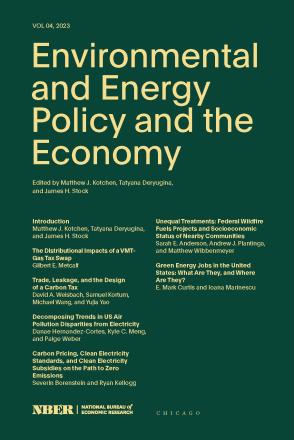Unequal Treatments: Federal Wildfire Fuels Projects and Socioeconomic Status of Nearby Communities

You may be able to download this chapter for free via the Document Object Identifier.
With wildfires becoming more severe and more damaging in the western US, fuels management projects intended to reduce the severity of wildfire are becoming an increasingly important management tool. Yet, the statutory requirements for federal agencies to incorporate public input in their siting decisions combined with the greater political efficacy of wealthier, more educated communities has the potential to lead to inequities in their distribution. In this paper, we show that the likelihood of a community receiving a nearby fuels management project is greater for wealthier, whiter, and more educated communities, even after controlling for differences in risk from wildfire. We further investigate the CLFRP, a cost-share program operated by the US Forest Service. Communities near CLFRP projects tend to have higher socioeconomic status. However, participation in cost-share programs does not appear to depend critically on wealth since we find no difference in the wealth of communities near CLFRP projects compared to all US Forest Service fuels projects, including those with no matching requirements. Rather, the racial makeup and educational attainment of communities is more strongly associated with nearby cost-share projects.
-
-
Copy CitationSarah E. Anderson, Andrew J. Plantinga, and Matthew Wibbenmeyer, Environmental and Energy Policy and the Economy, volume 4 (University of Chicago Press, 2022), chap. 5, https://www.nber.org/books-and-chapters/environmental-and-energy-policy-and-economy-volume-4/unequal-treatments-federal-wildfire-fuels-projects-and-socioeconomic-status-nearby-communities.Download Citation


